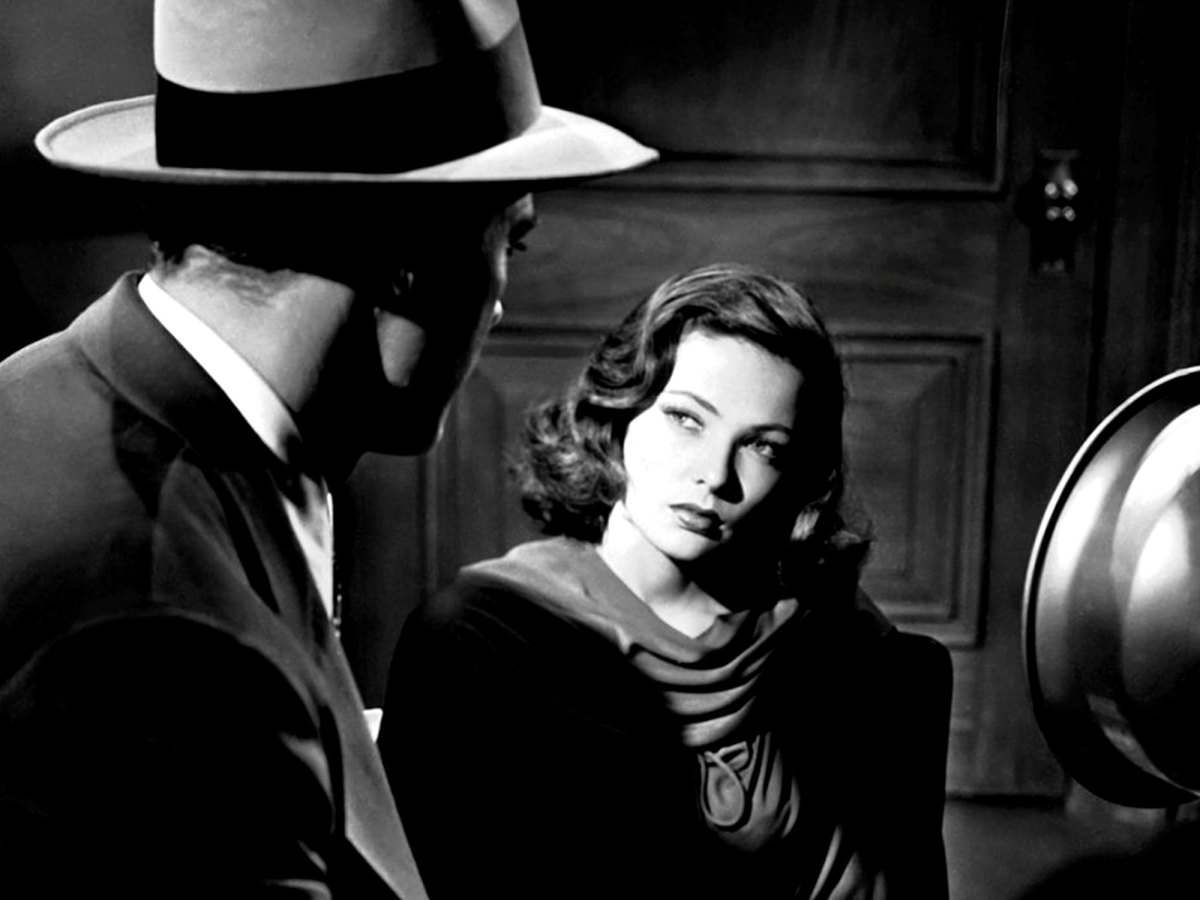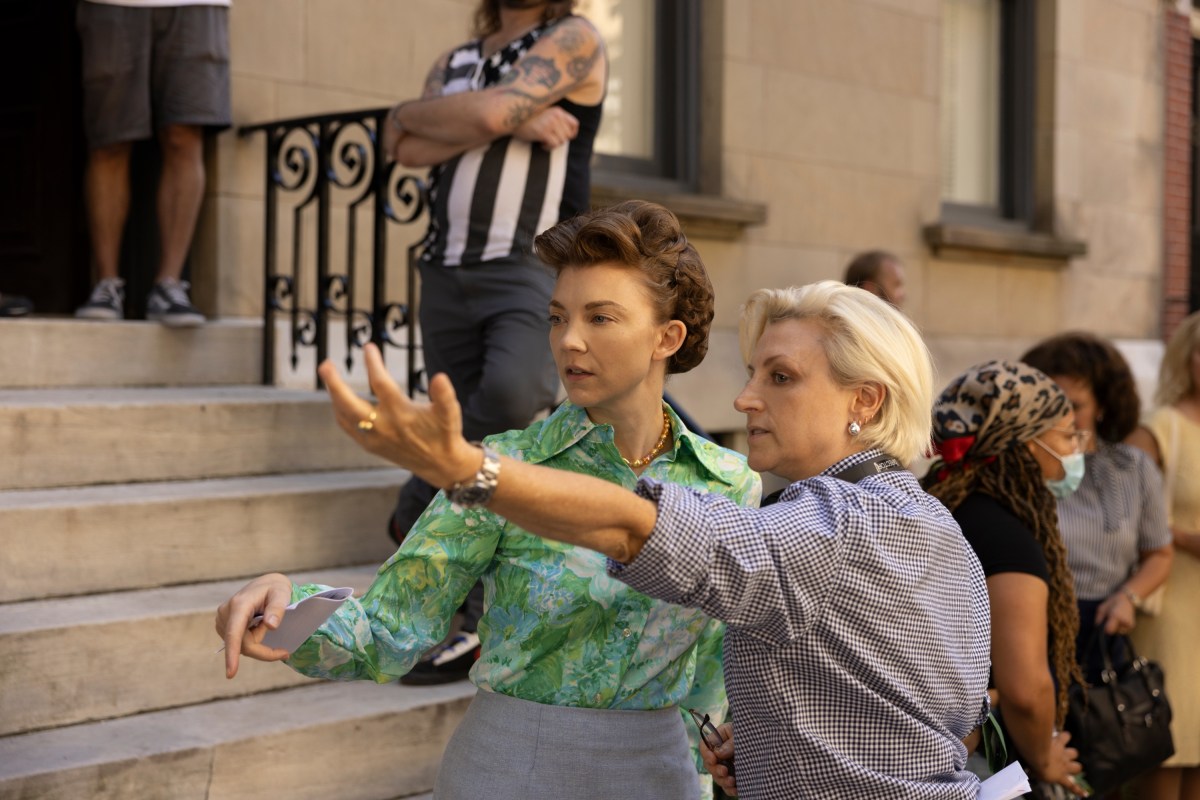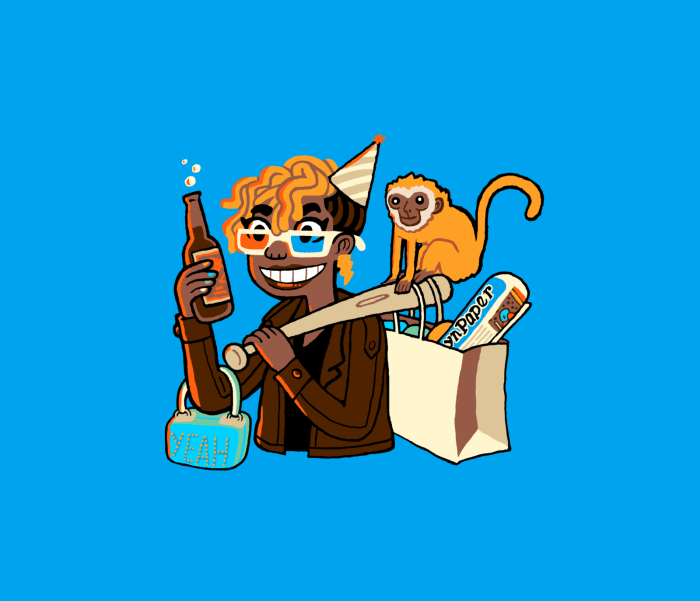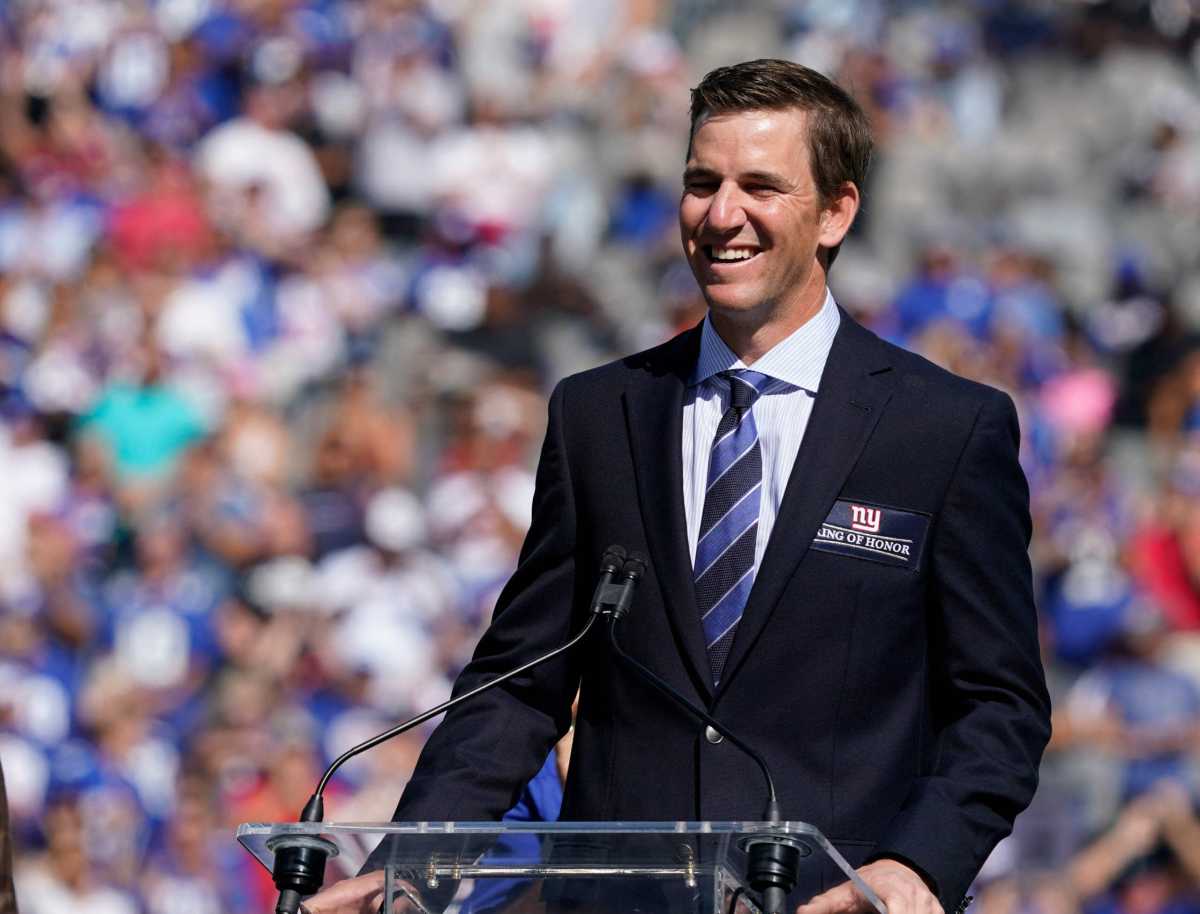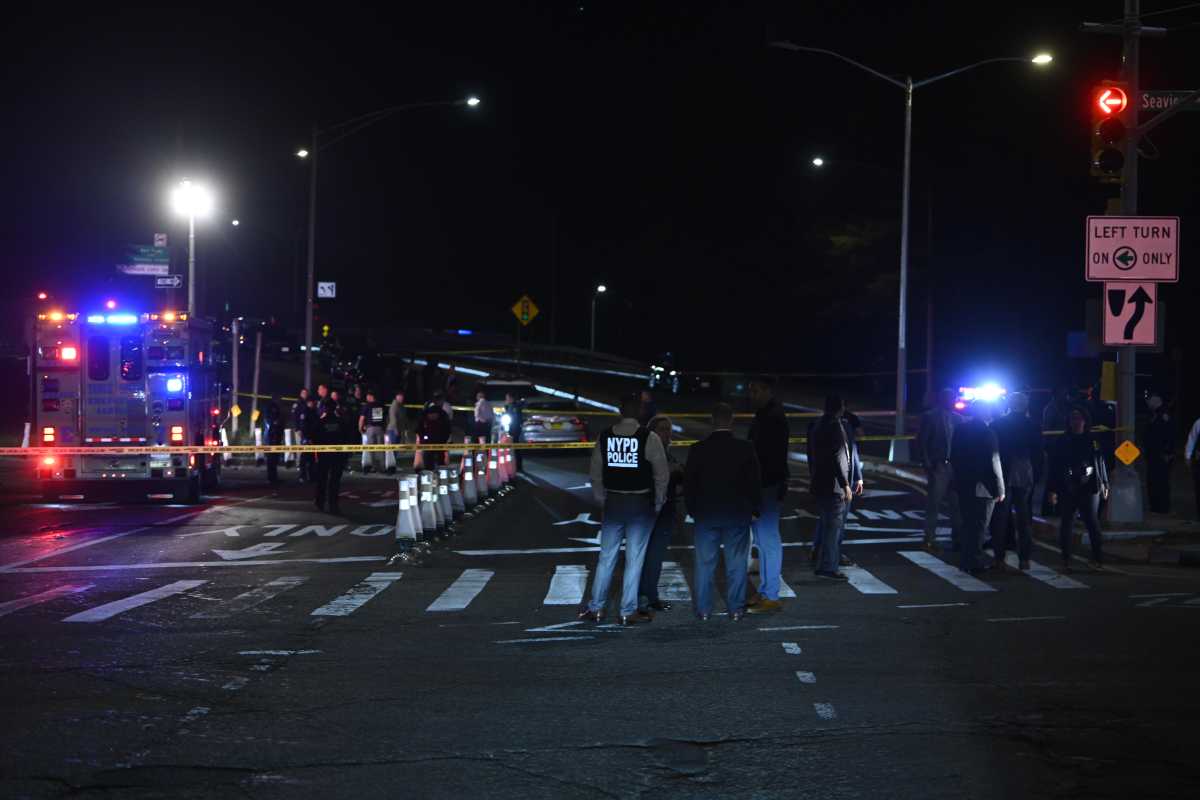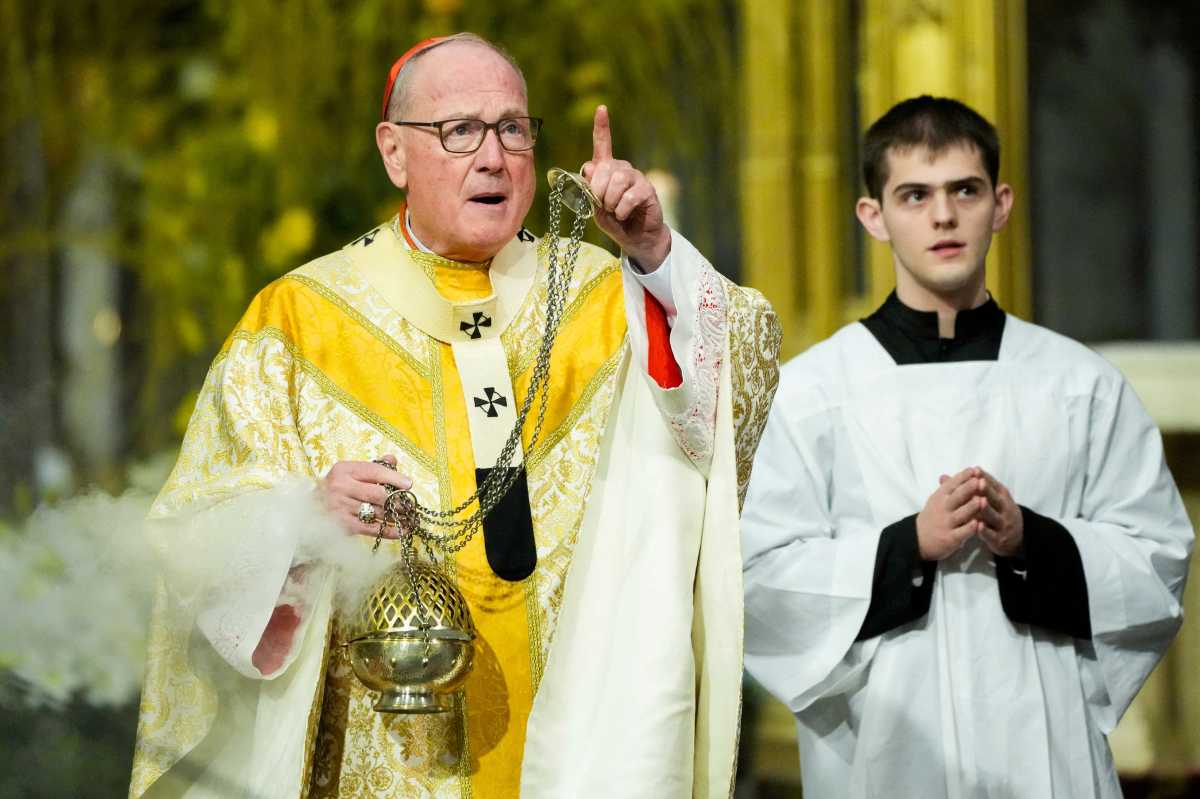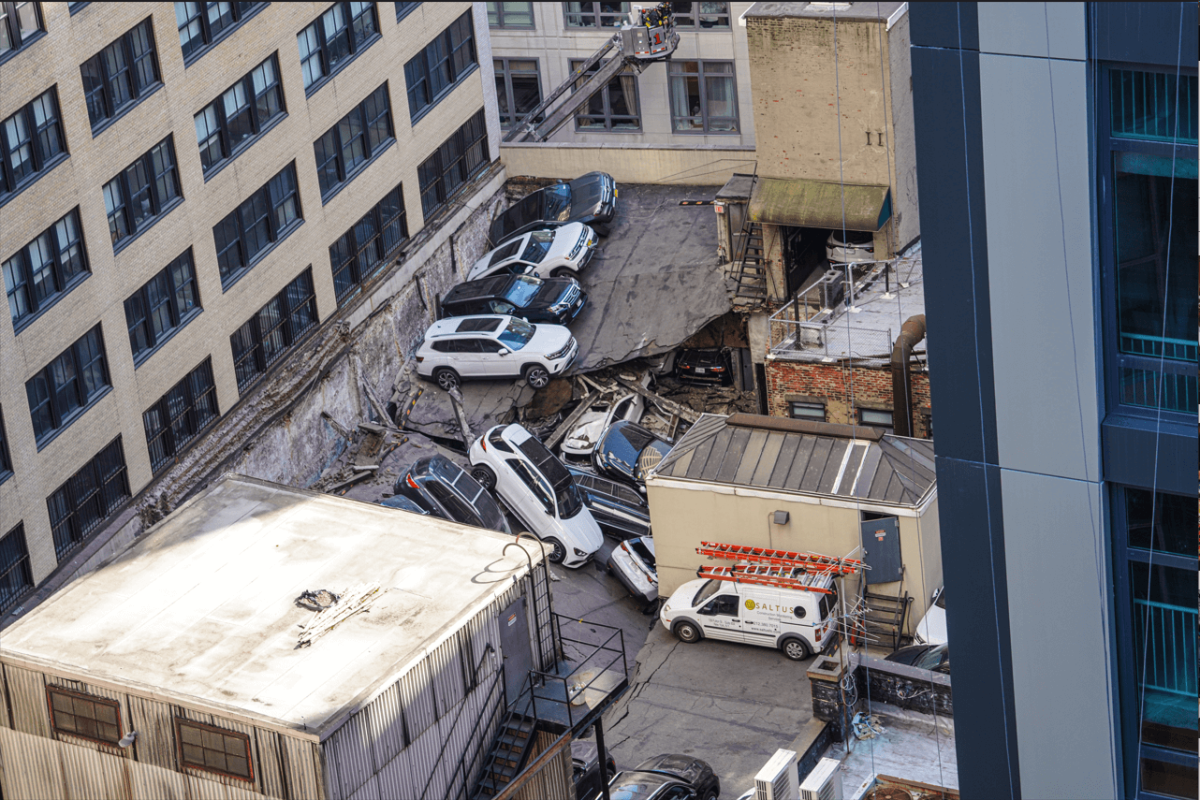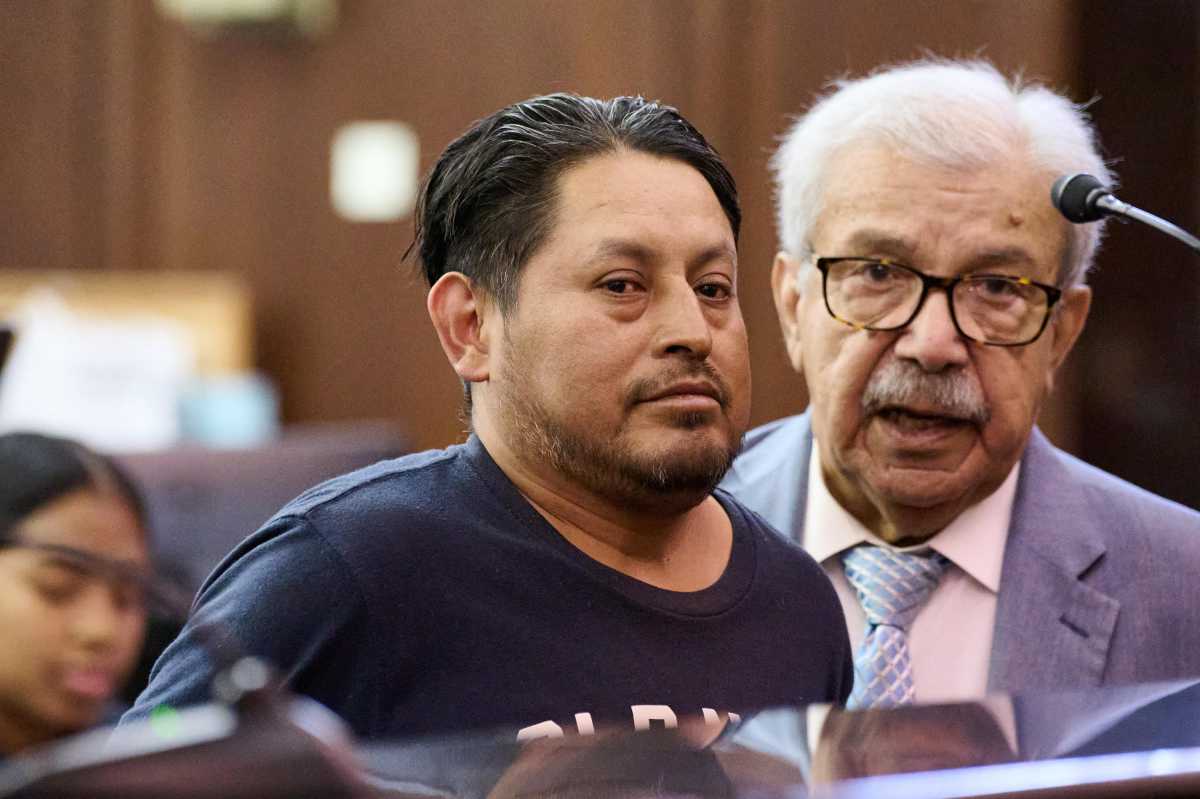On Christmas Eve, 1985, 140 priceless pre-Hispanic artifacts were stolen from the National Museum of Anthropology in Mexico City.
The complexity of the robbery and the sheer volume of items stolen led authorities to believe that a criminal ring had orchestrated such a dashing and elaborate feat.
Especially since, over the next three and a half years, no sign of the thieves or their goods were found. Then in the spring of 1989, after finally landing a break courtesy of a narcotics investigation, police discovered those responsible.
But rather than being a criminal empire, they were startled to learn that it was just two veterinary students, Carlos Perches Treviño and Ramón Sardina García.
“Museo” doesn’t exactly tell their story, as co-writer and director Alonso Ruizpalacios recently admitted to me that he deviated from the true events to make it more cinematic, but it was the intrigue over the sheer audacity and the “complexity of the characters” that attracted both him and its star Gael Garci Bernal to the project.
“They did something quite impossible. Nowadays we live in an age where there are slogans that say, ‘Do the impossible.’ They did that,” insisted Bernal.
“But it was the wrong impossible. They had this crazy potential. To pull off something like that. What if they would have done something or allowed themselves the chance to do something else.”
“I sound like an old man. But if they had used the opportunity to do something different, who knows?”
But while Bernal was obviously flabbergasted at what the pair achieved, he also noted that by doing what they did they have attached themselves to Mexican history and mythology.
“When you look at the history of those pieces, they are mythological, they are part of where we come from. So the moment they touched those pieces they also became part of that mythology.”
“They are tied to it. That is very daunting. Especially because they never found out why they did it. And why they kept the pieces, too.”
“Why they didn’t just try to get rid of them somewhere else? Or throw them away. Or something. It is fascinating what happened in real life. They found all of the pieces intact. All of them.”
And despite working on the film and portraying Juan Nunez, a fabricated character based on one of the students, Bernal is no closer to knowing why they did what they did.
“The film either highlights the extreme of doing things for a very specific reason of transcendence. Or the other way round, they just did it because they were bored.”
“Like a sudden act of making something happen. There is a reason and a rational thought behind it. A very strong spiritual impulse that may connect with why they wanted to do this.”
“On the other hand it is just a mistake and impetuous action that all of a sudden becomes part of a kids adventure and then becomes an adult criminality adventure.”
“Maybe that’s the action of why the kids did what they did.”
But just how true is “Museo”?
During our chat Alonso Ruizpalacios and Gael Garcia Bernal answered that very question and revealed their own memories of the incident, all of which you can read about below.
What do you remember about the robbery?
Alonso – We were both quite young when it happened. We were 6 or 7 years old. I still remember the shocking news, because it came on the news on Christmas Day. I just have like little glimpses of memories of people gathered round my house and speaking about something I didn’t understand. When I heard about this script many, many years later it rang a bell and looking back at all the newspaper stories from that time it all came back. It was a shocking time. As I made the film I remembered my parents crying when they heard the news. It was a big national shock.
Gael – I don’t remember it happening. Basically people that were born 6 months or a year before us do remember it really well. We were right on the edge of the memory. We were very shocked by the earthquake had just happened to.
Is it something that has remained in the public consciousness of Mexico since it happened?
Alonso – Yes and no. For the older generation they remember it. Mexico City is a place where a lot of shocking stuff happens every day. News like that get buried quickly. As soon as someone points to it we start remembering it. So making this film, peoples recollections started coming back. People started telling us what the guys were like. We heard a lot of contradictory stories. There was something of a myth around the story for sure.
Talk about how true the film is.
Alonso – Manuel Alcala, the other scriptwriter, he has been working on this script for many years. After he saw my first film he approached me to direct it. I loved the story and couldn’t let it pass. But I wanted to rewrite it and do it under that condition. The first drafts were close to the real story and the real life facts. But the more I got involved in it the more I decided to move away from the real facts. The story started finding its own way. Started asking for more and more artistic license. Real facts can be like a straight jacket. They can point you in a way but they can also constrain. They can stop the film working like a film. We started getting rid of real facts little by little. Then we discovered that the film is about that. It is about the relationship between history and fiction. And how history is another fictional tale that somebody has told with a certain point of view. It is not an impartial piece of knowledge. It always has an interpretation, and there is always a reason for that interpretation. So that was fascinating for me. Once we spotted that we really let ourselves go and started treating it like a piece of fiction.
Gael, what was your process for the character then?
Gael – The fortunate thing here is Alonso is such a good director. He already had such grasp of the two kids and how to get to this character. Alonso had done a lot of research of who these people were and just talking to him and understanding more of the point of view and feeling it we started to construct the character. There were many things that happened in real life that we took into consideration. But at the end of the day he was living a very atypical journey with extreme situations. We could understand it. Because we come from that city, we live in that city, and it is a place where we understand the suburbs of Mexico. There were many, many things that just immediately made sense and allowed us to get into action with the characters.
“Museo” is released in New York on September 14 and will expand across the country over the next few weeks, before being released on YouTube Premium later this year.



